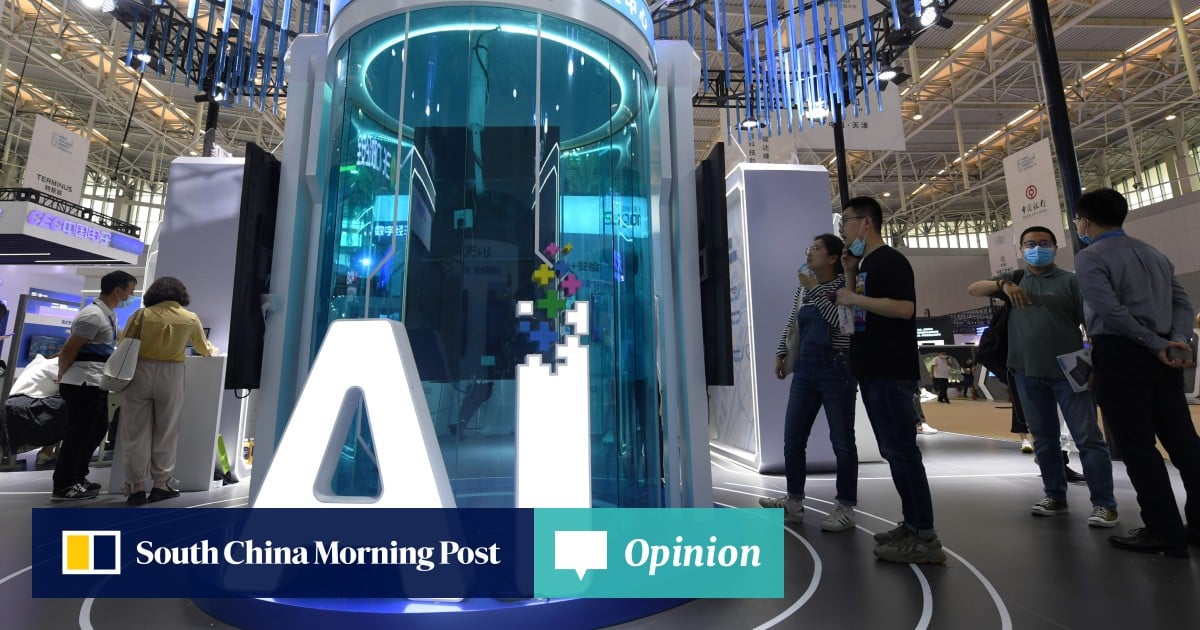My Perspective | How DeepSeek is Transforming China’s AI Landscape – What Lies Ahead?

DeepSeek: Transforming the AI Landscape in China
Introduction to the New AI Leader
DeepSeek has significantly bolstered China’s ambitions to take charge in the global artificial intelligence (AI) sector. This emerging player is quickly reshaping the domestic AI model ecosystem, likening its influence to that of a sun surrounded by orbiting planets.
A Fragmented Market Transformed
Just a year ago, China’s large language model (LLM) market was chaotic and splintered, with numerous competitors striving to create alternatives to ChatGPT. The landscape was filled with a plethora of companies, both established tech giants and budding startups, each introducing their versions of AI solutions. This intense competition involved over a hundred different models vying for attention.
DeepSeek’s Rise to Prominence
Based in Hangzhou and backed by a discreet hedge fund, DeepSeek has emerged as the standout success story in this crowded field. With the launch of its cost-effective open-source V3 and R1 models, DeepSeek has quickly established itself as the leading force in AI model development in China. This rise has come with significant recognition from cloud service providers, chip manufacturers, and a diverse range of users, including governments and corporations.
Unique Position in the AI Arena
Interestingly, DeepSeek does not operate in the traditional competitive landscape. Its strategy focuses on making its products widely available to all interested parties. While various Chinese LLM developers have sought to validate their capabilities by benchmarking against DeepSeek, few see themselves as direct competitors.
Responses from Major Tech Companies
In the wake of DeepSeek’s ascension, China’s well-resourced tech giants have adjusted their strategies. Many have aligned their AI offerings with DeepSeek’s innovations while also working on their own models to stay relevant. For example:
- Tencent Holdings has introduced the Hunyuan T1 reasoning model.
- Alibaba Group has rolled out the QwQ model.
- ByteDance has developed Doubao.
- Baidu has released its own model called X1.
These adaptations indicate a shift in focus, where established companies are not merely facing off against new entrants but are looking for ways to work within the framework established by DeepSeek.
The Shifting Focus of Startups
The rapid rise of DeepSeek has forced many AI startups in China to reevaluate their business strategies and core missions. With the landscape changing, some companies are opting to pivot away from creating proprietary models in favor of leveraging the established popularity of DeepSeek. For instance, Lee Kai-fu, the founder and CEO of 01.AI, noted that his company is now focusing on developing AI solutions for corporate clients by utilizing DeepSeek’s framework rather than investing heavily in their own pre-trained models. This reflects a broader trend where startups are finding it increasingly challenging to justify the costs associated with training their own models.
Conclusion
The emergence of DeepSeek marks a pivotal moment in China’s artificial intelligence journey, indicating a potential shift not just in technological innovation but also in the dynamics of collaboration and competition within the industry. As DeepSeek continues to thrive, the ripple effects can be felt across the entire sector, influencing both established companies and startups as they navigate this new landscape.





